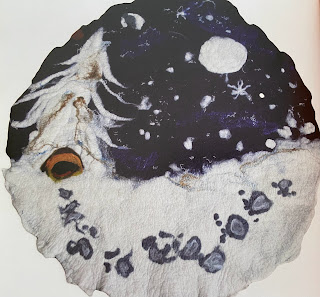We're planning on some island hopping and looking into how to go about it... find a service to help plan accommodations, ferries and excursions or do it ourselves? Maybe a combination. Hire or join a tour to hit the most touristy spots like the Acropolis, Mikonos, Santorini, Crete, Rhodes, Deo (10 days). Hop on a sailboat for 2-3? Then find a relaxed island to enjoy the sun and beaches. Although I would like to jump on a yacht for a week, Covid is probably not the time to enjoy strange company, in such close quarters.
A little bit of history, taking in lots of natural beauty, enjoying the sea and the surf.
Hydra! Definitely appeals as Leonard Cohen spent so much time there, and there are also no cars.
Poros, pictured above, is actually two islands in the Peloponnese – Kalaureia and Sphairia, with a narrow strait separating Poros from the coast of the Peloponnese. I imagine standing in the Lemon Forest of Galatas. During the month of May, the town is engulfed in the beautiful aroma of the lemon forest.
Naxos is not as popular as Mikonos and Santorini and blends ancient ruins with beach culture. Fodor recommends Plaka, Naxos, Cyclades as the most beautiful beach of all on an island of beautiful beaches. "Backed by sand dunes and bamboo groves, an exotic setting enhanced by a predictably spectacular sunset almost every evening."
The Island of Moni is a nature preserve where peacocks and wild deer roam. Moni Beach is off the beaten path, and accessible by ferry from the fishing port of Perdika.
Mavra Volia, Chios, in the Northern Aegean islands with a "wine-dark sea" washing the black volcanic shores of a cove that is christened Black Pebbles. or Milia Beach, Skopelos, Sporades (Mama Mia Island) with brilliant white sands and clear turquoise waters.
So much to see!
 |
| There are over 6000 islands in Greece, about 150 of those permanently inhabited. |









